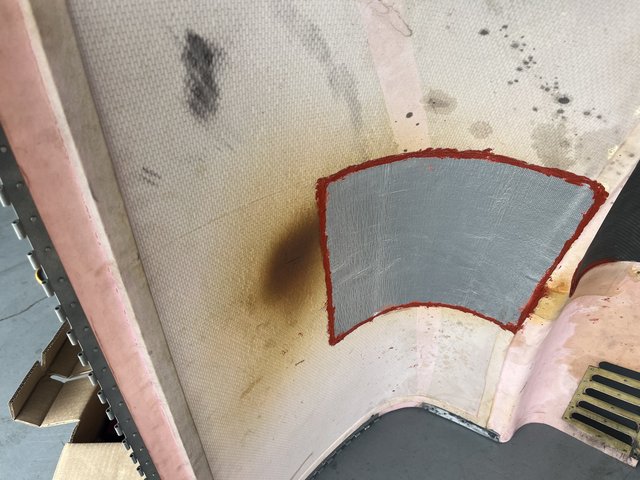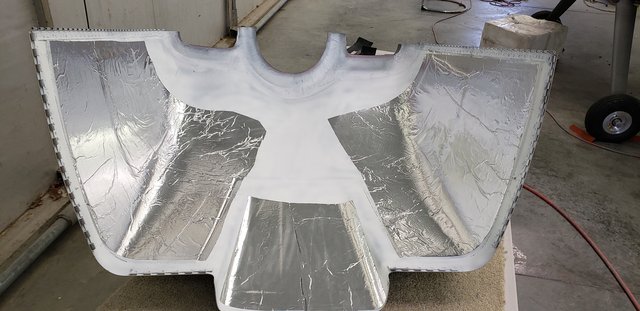rmartingt
Well Known Member
I am fed up with all the fiberglass and working on trying to hire it out.
In the meantime, if I can't find someone to do it, what is the absolute minimum that needs to be done to the stock supplied parts in order to fly the airplane without paint or finish for some indeterminate amount of time? It will be hangared.
In the meantime, if I can't find someone to do it, what is the absolute minimum that needs to be done to the stock supplied parts in order to fly the airplane without paint or finish for some indeterminate amount of time? It will be hangared.






